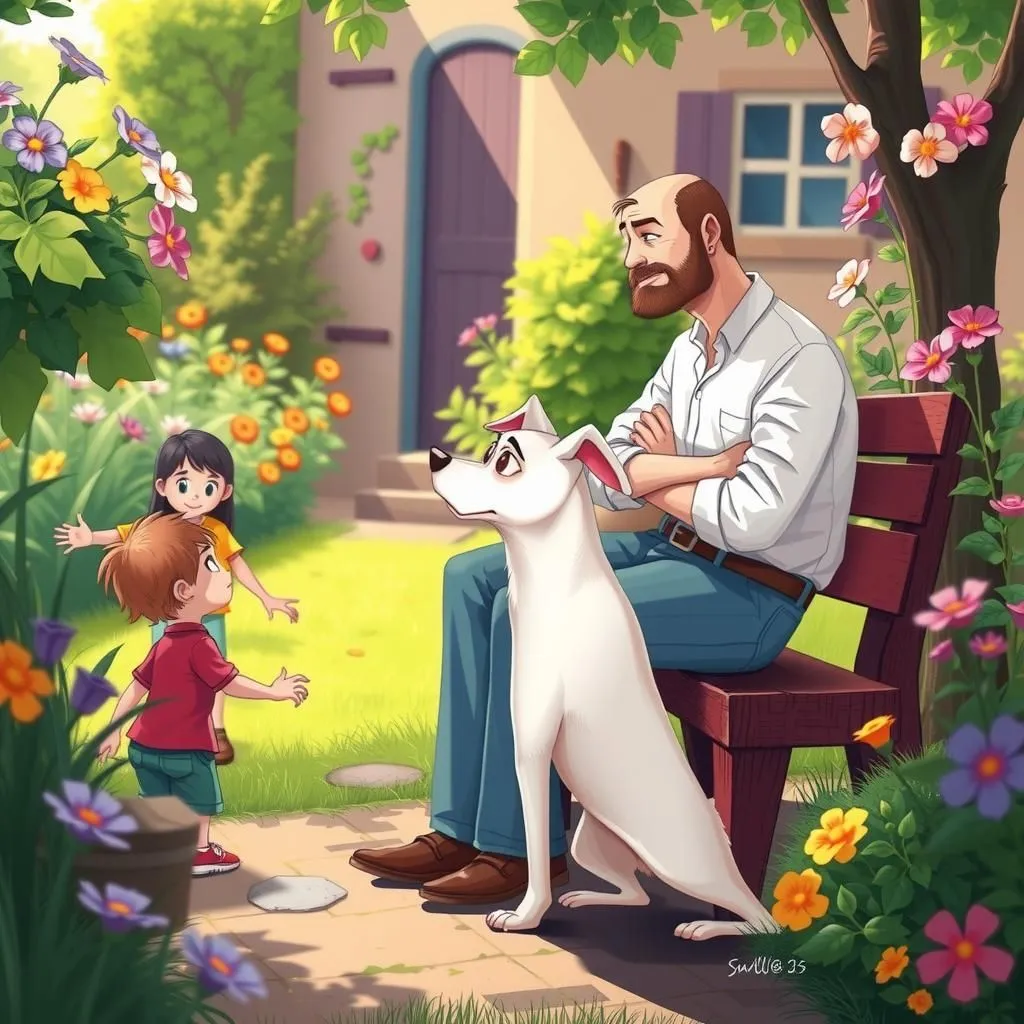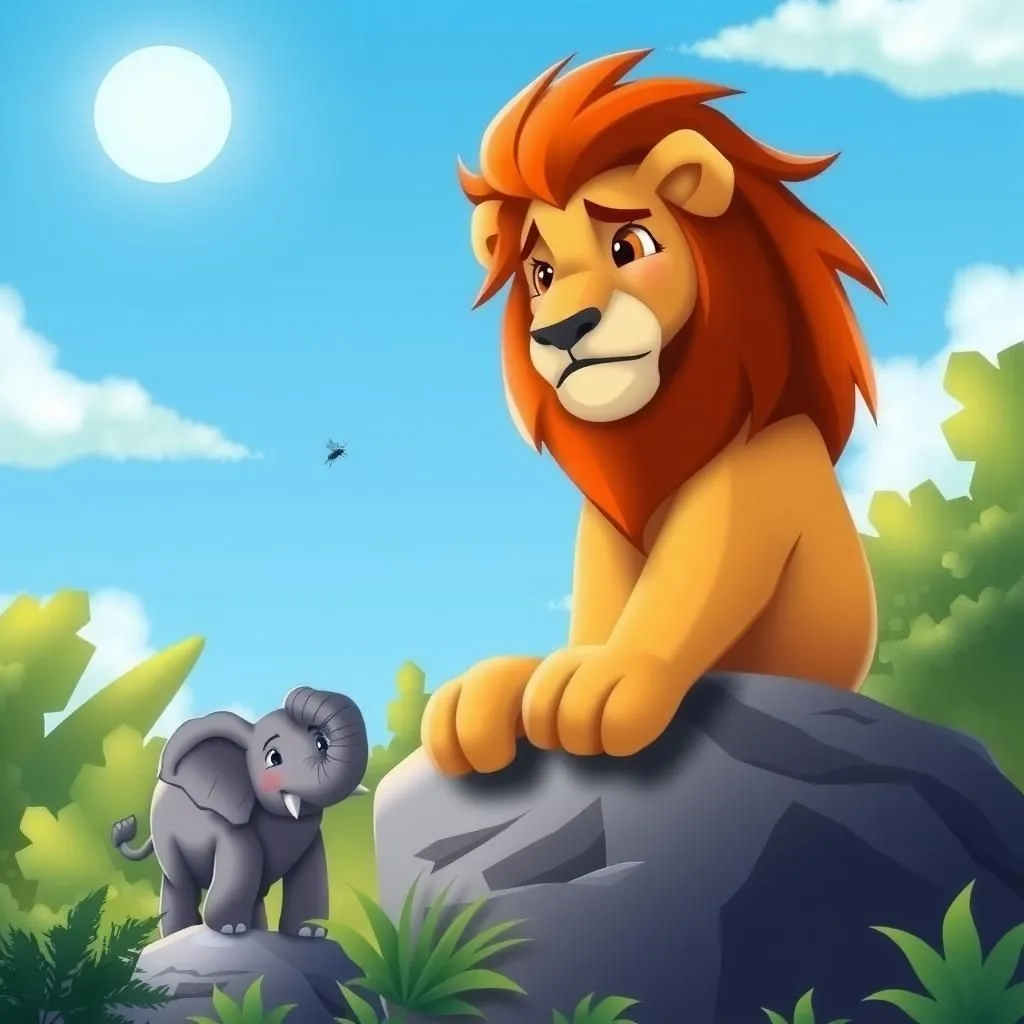
The Overlooked Factor
In this culturally significant moral story, a man who meticulously bred his dog to produce exceptional offspring laments the dullness of his own children after marrying his washerwoman. The dog, overhearing his complaint, suggests that the differences in their progeny may not solely be attributed to the mothers, hinting at the man's own qualities as a factor. This short story delivers simple lessons from stories about the importance of self-awareness and the role of personal choices in shaping outcomes, making it a compelling addition to any collection of best moral stories.


